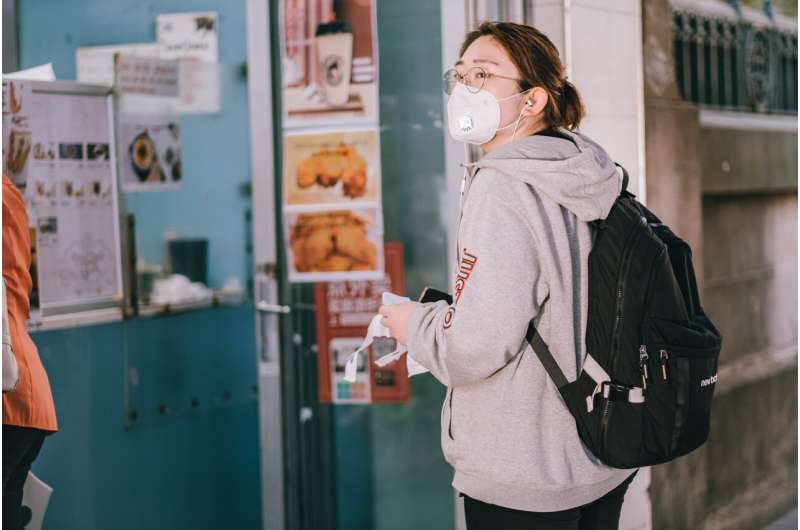Research provides insights into high-risk younger demographics for severe COVID-19

Using data from 9,859 COVID-19 infections, Mayo Clinic researchers have new insights into risk factors for younger populations, some of which differ significantly from their older counterparts. People younger than 45 had a greater than threefold increased risk of severe infection if they had cancer or heart disease, or blood, neurologic or endocrine disorders, the research found. These associations were weaker in older age groups. The study was published in Mayo Clinic Proceedings.
The research team studied people living in a 27-county region of Southeast Minnesota and West Central Wisconsin surrounding Mayo Clinic in Rochester diagnosed with COVID-19 between March and September 2020. The study used the Rochester Epidemiology Project, a linkage of 1.7 million medical records from multiple health care systems that provides a full picture of risks for an entire geographical region.
"Medical care is really fragmented in our country, so someone diagnosed with COVID-19 at one health care provider might end up at a totally different hospital for their severe case. If those records are not linked together, there's really not a good way for us to understand that that is even the same patient," says Jennifer St. Sauver, Ph.D., a Mayo Clinic epidemiologist and the study's first author. "By contrast, the Rochester Epidemiology Project allowed us to follow patients from the time they were diagnosed through their use of health care after that diagnosis, even if they were taken care of at different places. In addition, we could look back in their medical records to better understand all of the chronic diseases this population had even before getting diagnosed with COVID-19 and how those diseases might have contributed to more severe infections."
Among study participants, cancer was the biggest difference in risk comparing people younger and older than 45. For people younger than 45, cancer was a strong risk factor. It was not a significant factor for the older age group.
The researchers also found that people with developmental disorders, personality disorders, schizophrenia and other psychoses had the highest adjusted risk for severe COVID-19 among all chronic conditions.
Like many other studies on risk factors for COVID-19, the researchers found some races and ethnicities were at a higher risk than others. Though only 4.1% of the study population, Asian Americans had the highest risk of severe COVID-19, followed by Black Americans, who made up 11.5% of the severe cases. Hispanic ethnicity also was associated with a higher risk of severe infection.
The team studied positive PCR (polymerase chain reaction) tests for COVID-19 between March 1 and Sept. 30, 2020.
The COVID in our Community Research Study is being conducted by Mayo Clinic, Olmsted County Public Health Services, Olmsted Medical Center, and Zumbro Valley Health Center. The researchers say the project would not have been possible without the Rochester Epidemiology Project.
"The Rochester Epidemiology Project allows us to study diseases, such as COVID-19, in a defined population, which provides the ability to translate our results to all people with COVID-19, not just those with the most severe disease requiring medical care," says senior author Celine Vachon, Ph.D., Chair of the Mayo Clinic Division of Epidemiology. "This type of infrastructure will allow us to follow patients who had COVID-19 in the 27-county region over time to better understand any future links to disease."
More information: Jennifer L. St. Sauver et al, Factors Associated With Severe COVID-19 Infection Among Persons of Different Ages Living in a Defined Midwestern US Population, Mayo Clinic Proceedings (2021). DOI: 10.1016/j.mayocp.2021.06.023

















